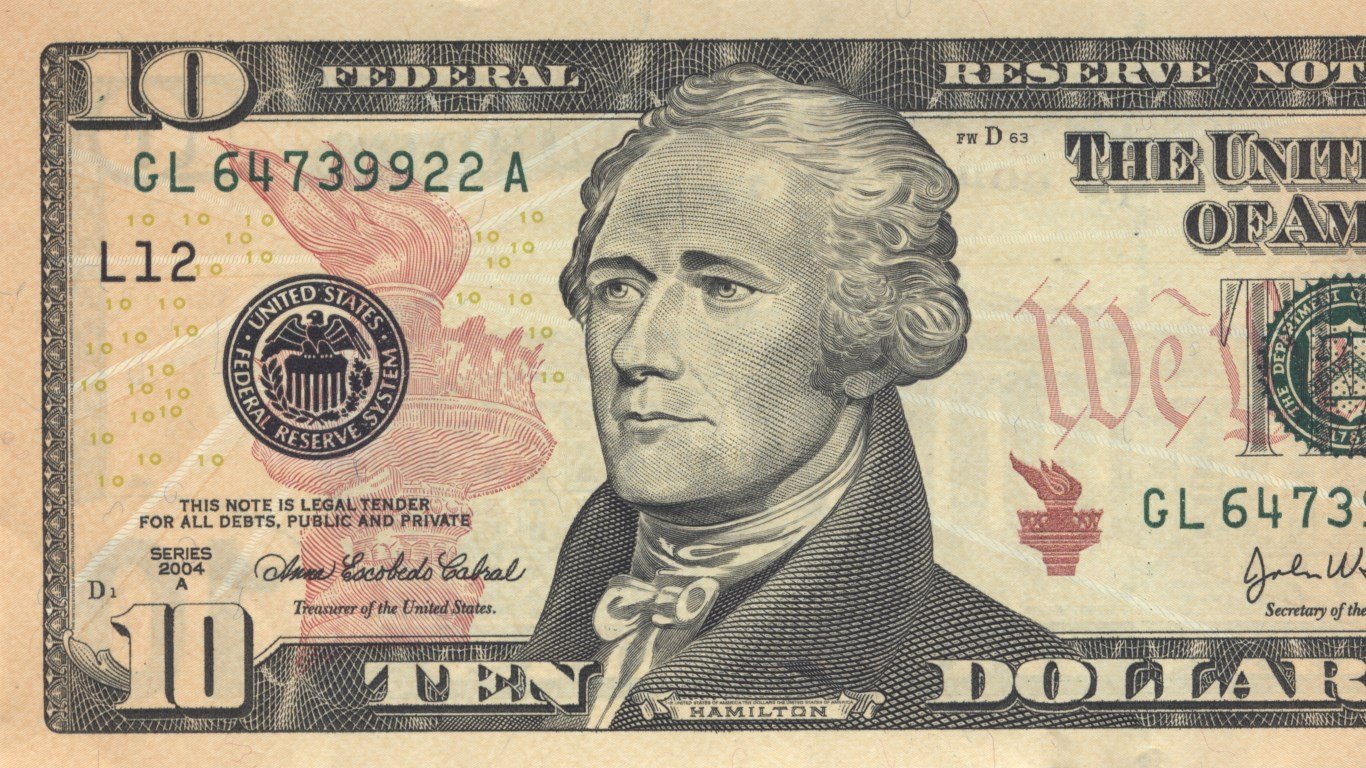

Investors love seeing the stock market hit new highs. It’s impressive enough for the Dow Jones industrial average to have hit 28,000 and for the S&P 500 to have hit 3,100. Now think about all the fears of the trade war, slower earnings, a Federal Reserve that was acting too slow, and then all those flat-out wrong predictions of an imminent recession. No one likes to hear “I told ya so,” and this is one of those instances when a model should have said that to yours truly.
At the start of each year, 24/7 Wall St. issues an implied Dow forecast of a peak value to be seen in the coming year, and that also gets stretched over into the S&P 500. The model issued on the first day of 2019 showed how the Dow could reach 28,000 before the end of 2019. The Dow hit the elusive 28,000 on Friday, November 15, with a close of 28,004.89, and the S&P 500 posted an even more impressive rise with nearly a 24-point gain to close at 3,120.46.
The model had to overcome some serious challenges. If the trade war woes felt like a problem in 2019, the meltdown in the fourth quarter of 2018 felt like a far more serious blow in comparison. The Dow index closed at 23,327.46, for a 5.6% loss in 2018, after 2017 brought Dow gains of 25% and more than 19% on the S&P 500. An alternative calculation for the Dow, represented by the so-called Diamonds ETF (DIA), in an effort to include the ever-important dividends, lost 8.5% in December alone, and that wrecked the year to make for a 3.7% loss in 2018.
The Dow 28,000 outlook at the start of 2019 was the first time in many years when the methodology felt as though it was very much against what was the market volatility and expected headwinds in the markets and economy at the time. Still, the model lived up to what models are supposed to do: ignore the noise of the day and focus on where the market will go rather than worry about where it is and about the theme of any specific day.
When the model was run heading into the end of 2018 and at the start of 2019, it felt next to impossible to believe. The stock market had just come off the worst quarter it had seen in quite some time, and things felt like they were poised to look worse rather than better. In the end, it turns out that Federal Reserve Chair Jerome Powell’s tardiness on ending rate hikes and slowness to start cutting rates aggressively enough had a lot to do with the equation. By the end of summer of 2019, every media outlet was prematurely boasting that the next recession was upon us. On that mark, the media headlines were sensationalized and were just wrong. It turns out that reporters and editors are not so great at evaluating the big economic picture rather than focusing individual talking points.
It is still too soon to issue formal 2020 forecasts, and this never-ending election cycle is going to play a role, regardless of whether any of us like it. That said, there actually is a clear path for the Dow to hit 30,000 as soon as early 2020, if only a few things come to fruition. There does not even have to be a big recovery in the global growth picture.
The Dow uses an antiquated share price-weighted calculation and not a market-cap basis, or even a modified market cap basis, to determine its value. In reality, that means that of the 30 stocks that make up the Dow, the bottom 10 make up only about 15% of the index while the top two stocks account for 13% (and the top three account for 22%). It is critical to keep in mind that a rise to 30,000 on the Dow would only imply a gain of about 7.1%. The median Dow dividend is roughly 2.5%, handily above the 30-year and 10-year Treasury yields.
All things considered, here is how Dow 28,000 can quite easily become Dow 30,000 (and then some). Consensus analyst data is from Refinitiv and index weightings are from IndexArb.com.
Thank you for reading! Have some feedback for us?
Contact the 24/7 Wall St. editorial team.
 24/7 Wall St.
24/7 Wall St.


